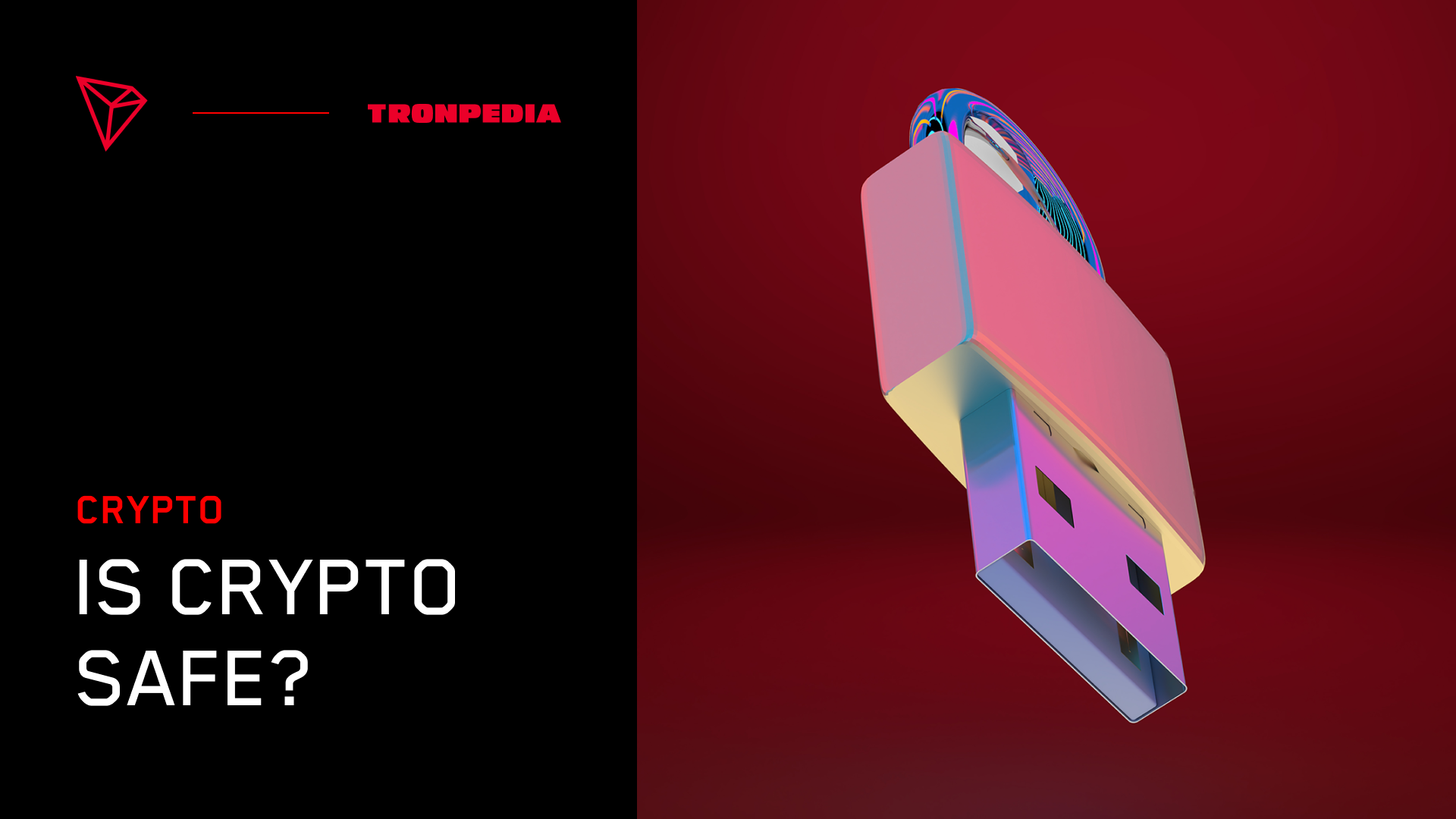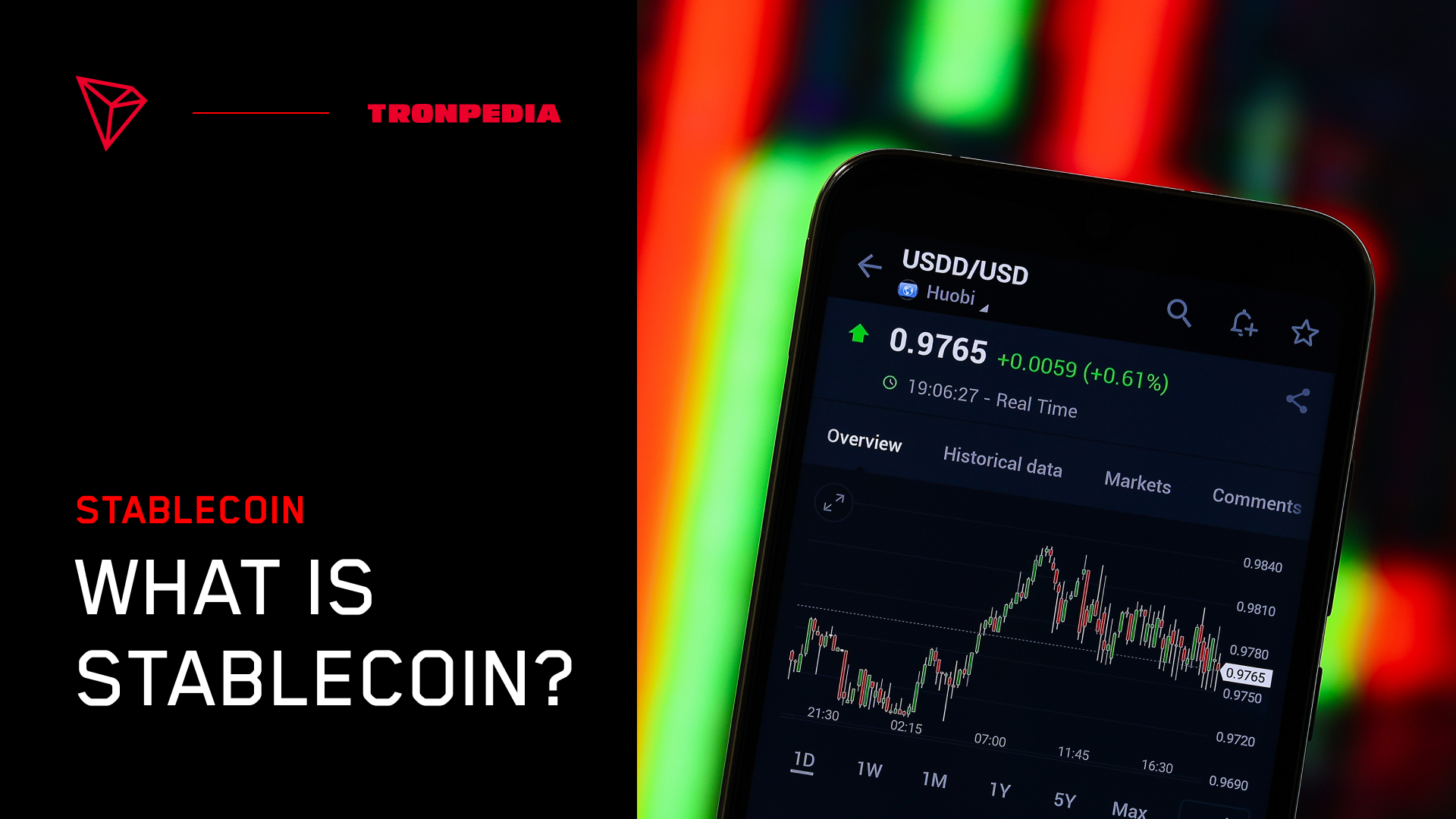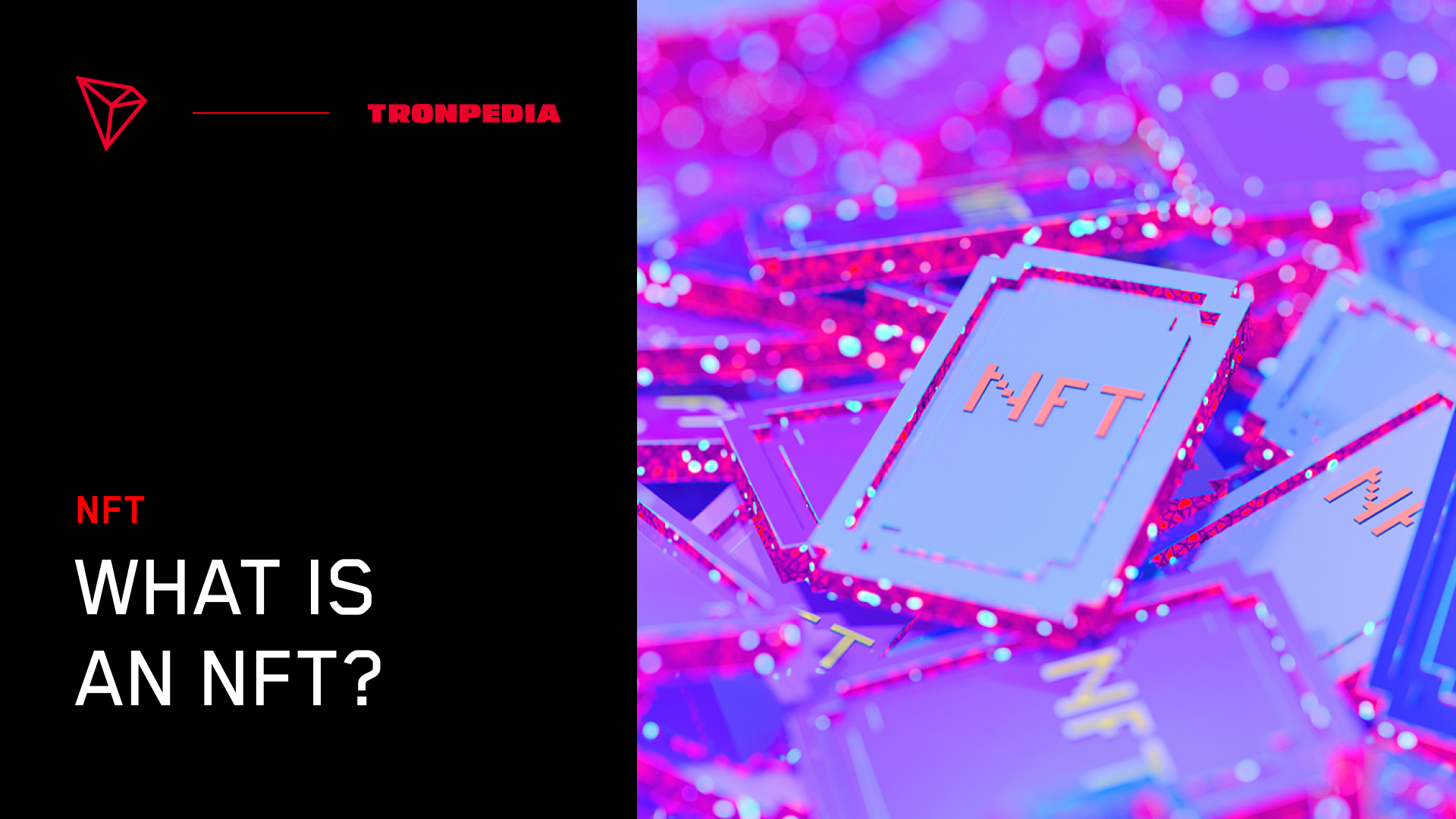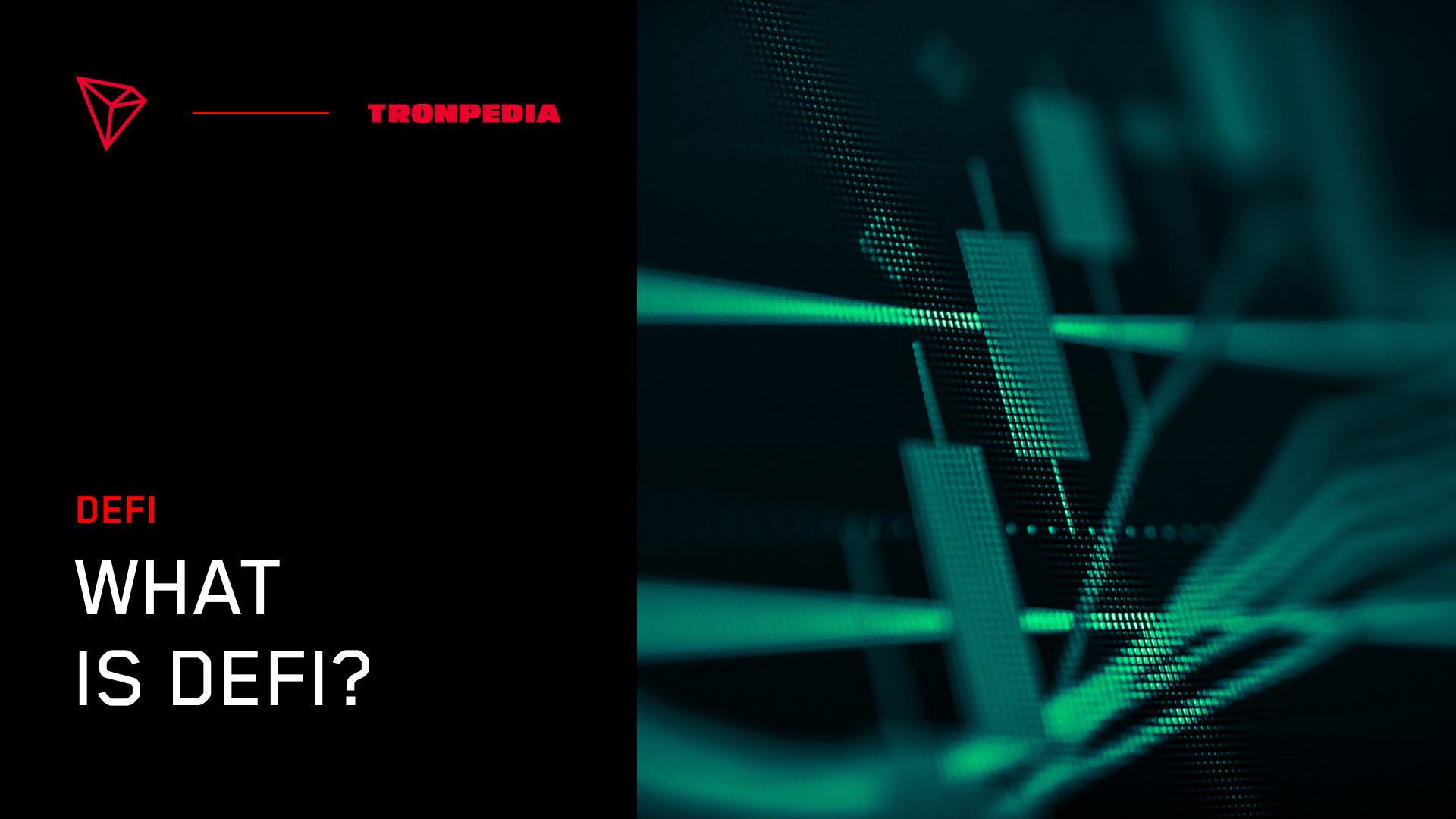Every investment comes with risk. 2008 proved that no investment is risk-proof, not even real estate or metals. But what about crypto?
One of the most common questions people learning about crypto ask is this – is crypto safe? The short answer is yes. The slightly longer answer is mostly, but user-attention is key. Crypto’s relative safety depends more on the investor than on the investment itself.
There are both risks and benefits to investing in crypto. Some risks include its volatility, lack of clear regulation, and clever scams. Some benefits include user-control, peer-to-peer utility, the timing of crypto investments, and access to value. There are also safe and secure ways to invest in it and store it.
Understanding the fundamentals of crypto is a good place to start.
Is Crypto Safe?
Two words come together to form the word “cryptocurrency” – “cryptography” and “currency.” Cryptography is a technology that utilizes encryption to secure and protect information across a network of distributed computer systems. Currency, well, is money.
So, “crypto” is the money exchanged within a decentralized computer network.
Is it safe? Yes. Transactions on most decentralized networks are secure because of the cryptography used at the foundation of the technology. That said, crypto itself is quite safe. Enter the people who use it and want to regulate it, and that’s where the loopholes in its security come in.
Is Crypto Regulated?
For the most part, crypto is not regulated. Only since 2018 have most governments begun to pay attention to it. Since 2021, there has been a more coordinated effort globally to create some common standards for regulatory oversight.
Most Asian countries welcome it, but few have offered clarity of regulation. The United States sends mixed signals with select government action in favor of crypto alongside select regulatory investigations and lawsuits against specific sectors of it. On the other hand, various Central and South American countries are legislating crypto into lawful everyday use. Furthermore, Europe is leading the way with a collaborative effort to move toward single licensure for all crypto entities to operate across the continent in a safe and regulated manner.
You can read more about crypto and government regulation in this blogpost.
Crypto: Its Risks and Benefits
There are both risks and benefits to investing in crypto. Some risks include its volatility, lack of familiarity, and clever scams. Some benefits include user-control, peer-to-peer utility, the timing of crypto investments, and access to value. All are explained further here.
:: Benefits of Cryptocurrency
- User-Control _ Crypto empowers users to be bankless, decentralizing financial ownership, giving each user more control.
- Peer-to-Peer Utility _ Crypto enables users to exchange value between each other. No middle men, credit cards, or banks needed.
- Timing of Crypto Investments _ The time is now, as they say, because it’s early on in crypto, so the potential rewards are high.
- Access to Value _ With decentralized finance comes greater access to value investing for non-accredited investors, who have been severely limited in more centralized financial infrastructure.
:: Risks of Cryptocurrency
- Volatility _ Crypto markets are highly volatile and have been since inception, partly because of the newness and partly because of “get rich quick” motivations. This volatility will most likely plateau out over the coming years, as the focus shifts to more than just making fast money on crypto markets toward building enduring blockchain technology with everyday utility.
- Lack of Familiarity _ Crypto is so new and still very unknown to or at least misunderstood by a majority of people. What is it? How does one acquire it? Why should one hold it. Where does one use it? What are “keys” and “dApps” and custodial versus non-custodial wallets, etc.? On top of all of that, most investors watch “market patterns,” but crypto doesn’t have much of a history with proven market patterns. Most of all, the lack of familiarity makes crypto risky, because, motivated by the hype, uneducated users make uneducated mistakes that can cause significant financial loss. The key is to learn by doing, but only doing a little at first, until greater familiarity enables greater benefit.
- Crypto Scams _ According to the Federal Trade Commission, crypto scams are on the rise. This is the primary reason why crypto safety depends more on the investor than on the investment itself. User attentiveness and steadfast rules of engagement can prevent scam casualties. Here are some of the more common scams along with some suggested preventative measures to put in place:
Some of the more common scams to be aware of are:
- Pump and Dump Scams – when a coordinated group of people exchange money or buy into a specific cryptocurrency together, causing it to rise (pump), which draws the attention of others who then also invest, but the coordinated group sells at a predetermined time quickly (dump), such that the value of the cryptocurrency drops suddenly
- Giveaway Scams – when a predatory individual or group markets giveaways in such a clever way that even savvy crypto veterans can sometimes believe the possibilities, so they connect their wallet or buy in, only to end up losing out
- Staking Scams – when a predatory group or individual offers staking rewards that sound too good to be true but then use the money staked, leaving those who’ve staked with a loss (this is one of the most difficult scams to detect, because there are a number of reputable staking operations)
- Phishing Scams – when a predatory group or individual via email or direct messaging tries to get crypto users’ private keys, passwords, wallet connections with harmful smart contracts, and other tactics, all of which then allow the predator to take control of the crypto investments connected to a specific crypto wallet
- Hacks with Links Scams – when a predatory group or individual hacks an individual’s or group’s Twitter account, Discord server, or other social media tool, then leaves posts and messages with faulty links that scam those who click the links and connect their wallets or purchase items
Here are some suggested preventative practices:
- If you want to avoid risks at all costs, then only stick to the top 10 or 20 coins and tokens. You can easily see which ones have the largest market caps at CryptoHeat.io.
- In order to minimize risk, only use the most reputable crypto exchanges. Forbes offered this helpful article, including a list and description of some of the more trusted crypto exchanges.
- It’s easier said than done, but make it a habit to avoid any opportunity or giveaway that sounds too good to be true.
- For more experienced crypto users, learn how to use a cold-storage or non-custodial crypto wallet, then keep your crypto inside of it and out of the non-custodial crypto wallets used by exchanges.
- Do your own research. Especially look for which blockchains have a growing number of developers and startups building actual, useable technology and decentralized applications. Invest in those to ensure greater long-term return.
Should I Invest in Crypto?
The question then remains, should one invest in crypto? Experts, as you’ve probably heard, recommend investing in a diversified portfolio – stocks, bonds, metals, real estate, and now crypto. So yes, crypto can be a good investment.
Similar to the preventative measures suggested above, there are some best practices when it comes to investing in crypto.
- Always use a trusted exchange.
- Create strong passwords and use two-factor authentication.
- Never, never, never, never, never give out your private keys and recovery phrase to anyone. If someone obtains it, they can transfer all of your crypto assets to their own account.
- It is okay to give out your “public key” or public crypto address. This is usually a string of letters and numbers, although you can customize your public crypto address, depending upon which blockchain you are using. For example, you may see someone with a .eth or a .sol or a .tez or a .icp public crypto address.
- However, do keep your private key and recovery phrase info in a safe place, and let someone you trust deeply also know where it is, in case something happens to you.
- Don’t gloat on social media about your crypto trading.
- Do your own research, looking into which blockchains are only tokens or coins and which ones are actually building tech and dApps with everyday utility.
- Try to keep all of your crypto in your own non-custodial or cold storage crypto wallet.
While exchanging for crypto is basically as simple as exchanging for physical money when you travel internationally, tools with intuitive user interfaces are still being developed. For now, the process typically goes something like this:
- Go to a trusted crypto exchange and sign up for a crypto exchange account.
- You will likely have to KYC (know your client) or be verified either with personal info or personal documentation. This request is normal.
- Deposit some of your “fiat” currency (like the yen, yuan, dollar, ruble, pound, euro, real, won, peso, etc.)
- Exchange the fiat currency for cryptocurrency.
- There is often a transaction fee, depending upon the exchange you use.
- Once you’ve exchanged, it typically takes 4 to 10 days for your fiat deposit to settle, so you can’t move the crypto from the exchange’s custodial wallet until that settlement period ends.
- Once the settlement period ends, a decision then must be made as to how your crypto will be stored.
Here are a few extra tips on crypto storage:
- Most people new to crypto simply leave their crypto with the exchange they use, which they can then view via the “assets” or “account” section of their exchange application. Those who do this do not have “private keys” for this type of storage. Most trusted exchanges spend significantly to keep their security measures up to date and as impregnable as possible. Obviously, nothing can be 100% guaranteed safe, but most trusted exchanges are capable of keeping your crypto assets secure.
- However, if you decide to store your crypto in a non-custodial wallet or cold storage wallet of your own possession, then you will have to establish an account with the maker of that wallet and can transfer your coins and tokens to said wallet. More experienced crypto holders usually utilize non-custodial wallets or cold storage wallets.
- Here are some good options for non-custodial crypto wallets. They are typically free or cost very little. They still have a connection online.
- Here are some good options for cold storage crypto wallets. They are typically $50 to $250. They are “cold” because they do not have constant online connection, since you only connect them online in order to transfer crypto in or out.
- Here is an article if you want to better understand public keys and private keys.
- NOTE: not all non-custodial wallets and cold storage wallets can interact with every cryptocurrency. So, make sure to research and get one according to your desired cryptocurrencies.
If interested, BusinessInsider has a helpful article with more information about crypto wallets.
Conclusion
So, is crypto safe? YES.
Is it, for now, high risk, high reward? YES, but it will become more and more stable.
How can you determine which cryptos are more stable? Look for who’s building useable tech.
What’s most important is user carefulness. Establish preventative measures and best practices to keep your crypto and therefore your financial security safe.
Learn, learn, learn, then set up either a non-custodial wallet or a cold storage wallet. It’s kind of like when you visit a city renown for pick-pockets, you keep your wallet in your front pocket or in a secure location. Do the same with your crypto, and it will be safe.




